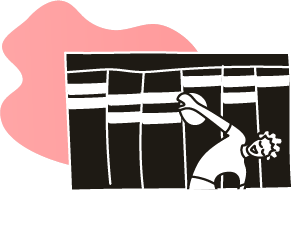Title of the resource
Title of the resource in english
Publisher
EDSITEment USA
Original language
Target and Age Group
Grade K-5 (from kindergarten to fifth grade, ages 5-11)
Link to resource
Accessed on 25 August, 2020
Author of the Entry:
Ayelet Peer, Bar- Ilan University, ayelet.peer@biu.ac.il
Peer-reviewer of the Entry:
Lisa Maurice, Bar-Ilan University, lisa.maurice@biu.ac.il
Second Peer-reviewer of the Entry:
Elizabeth Hale, University of New England, ehale@une.edu.au
EDSITEment
EDSITEment is a partnership between the National Endowment for the Humanities and the National Trust for the Humanities.
The website offers materials for various disciplines such as literature and language arts, foreign languages, art and culture, and history and social studies
Contents & Purpose
This lesson’s unit offers various activities connected with Greek mythology. From It ranges from the meaning of myth, to the nature of Greek heroes and various moral myths (Echo and Narcissus, Daedalus and Icarus and Phaeton), the various constellations and the influence of Greek myths on art and poetry in later centuries.
• The lessons include background for the teachers on the theme of ancient heroes. The lesson offers seven suggested lesson activities: popular children’s author Rick Riordan discusses mythology,
• Heroes then and now- on the characteristics of heroes from contemporary and ancient society,
• Activity on the Greek characters’ choices and accountability- Echo, Narcissus, Paethon, Icarus),
• Activity on how myths explain natural phenomena,
• Activity on artwork which depicts Greek heroes whom the students need to identify,
• An activity on familiar words which originated from myth,
• Myth as an inspiration for art and poetry.
The lesson also provides a list of recommended websites and further reading which can be used for teaching these subjects.
Further comments
These lessons are intended to give the students a rich background and better understating of Greek mythology and its intricate world. The nature of Greek heroism is discussed, in the form of, for example, stories on Odysseus and Herakles. The modern reception of these heroes is also included, with an interview with popular children’s author, Rick Riordan.
The lessons focus not only on understanding the original ancient myths but also on their later influence and reception in various fields, such as prose, art, poetry and even science (the constellations), as can be seen from the various lesson activities. The students are encouraged to check the connection between myth and artwork, between myth and familiar words and idioms and more.
Therefore the lessons not only provide the relevant background but also showcase how the Greek mythological words is still relevant in today’s modern world.


